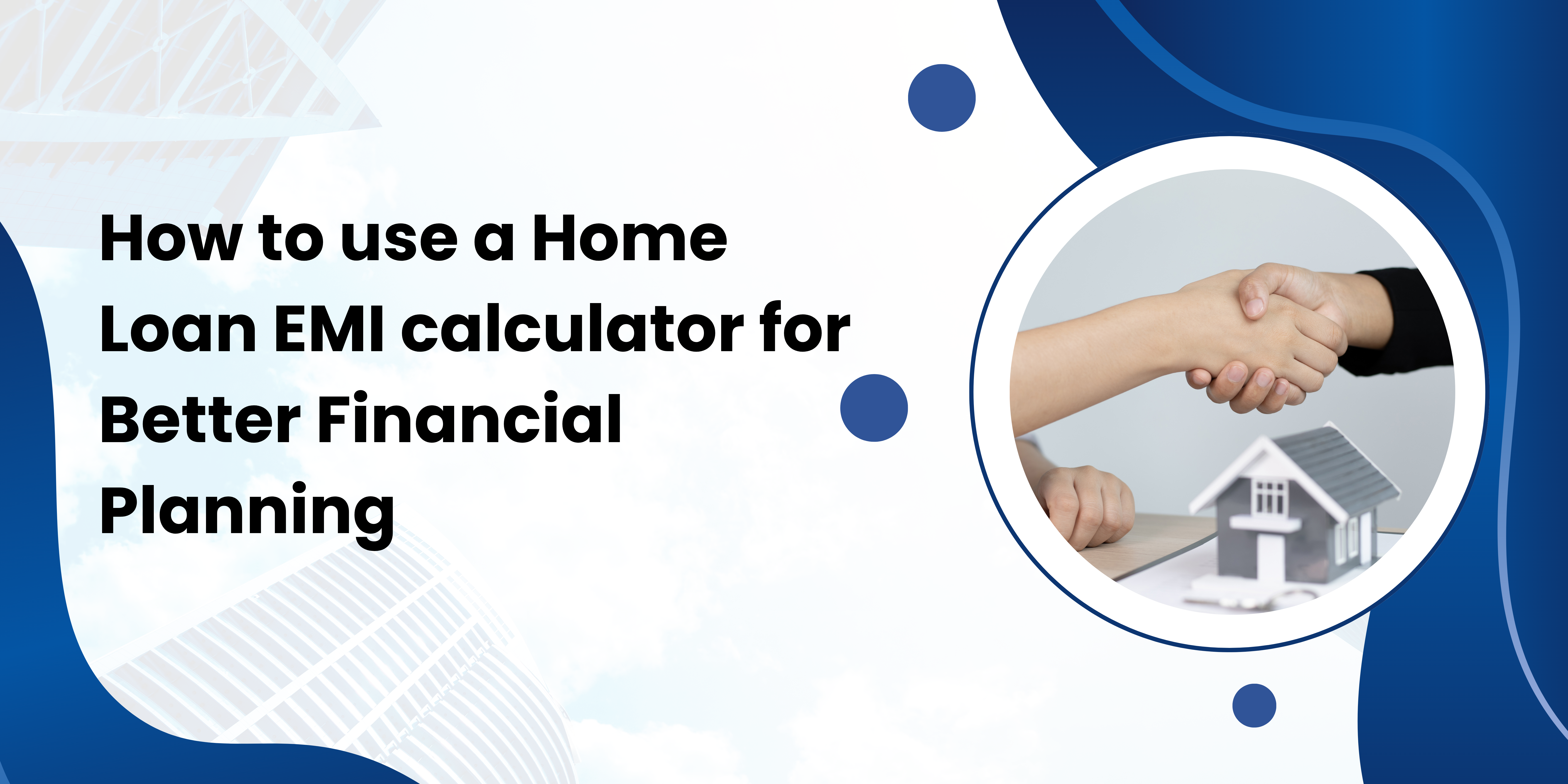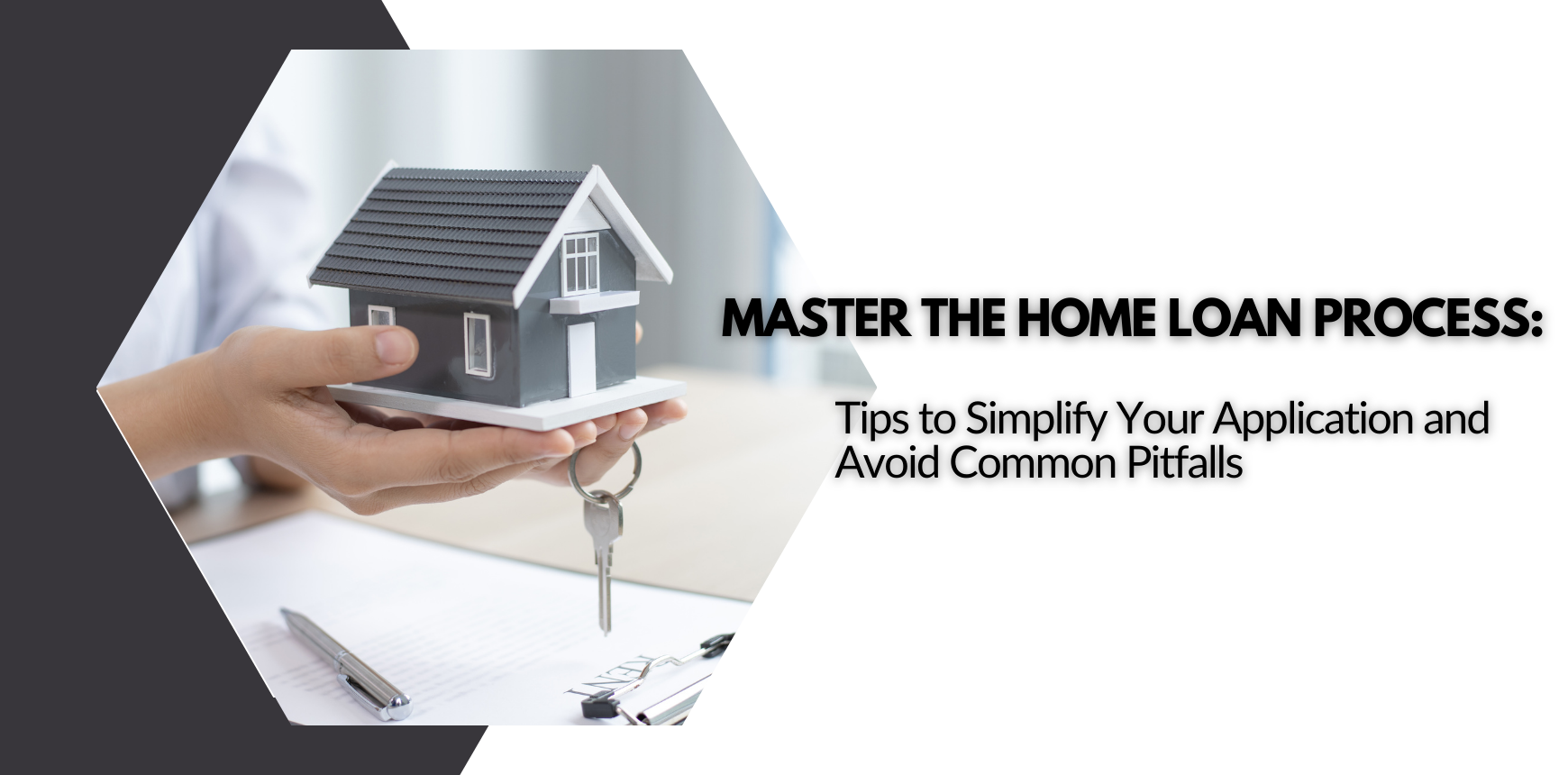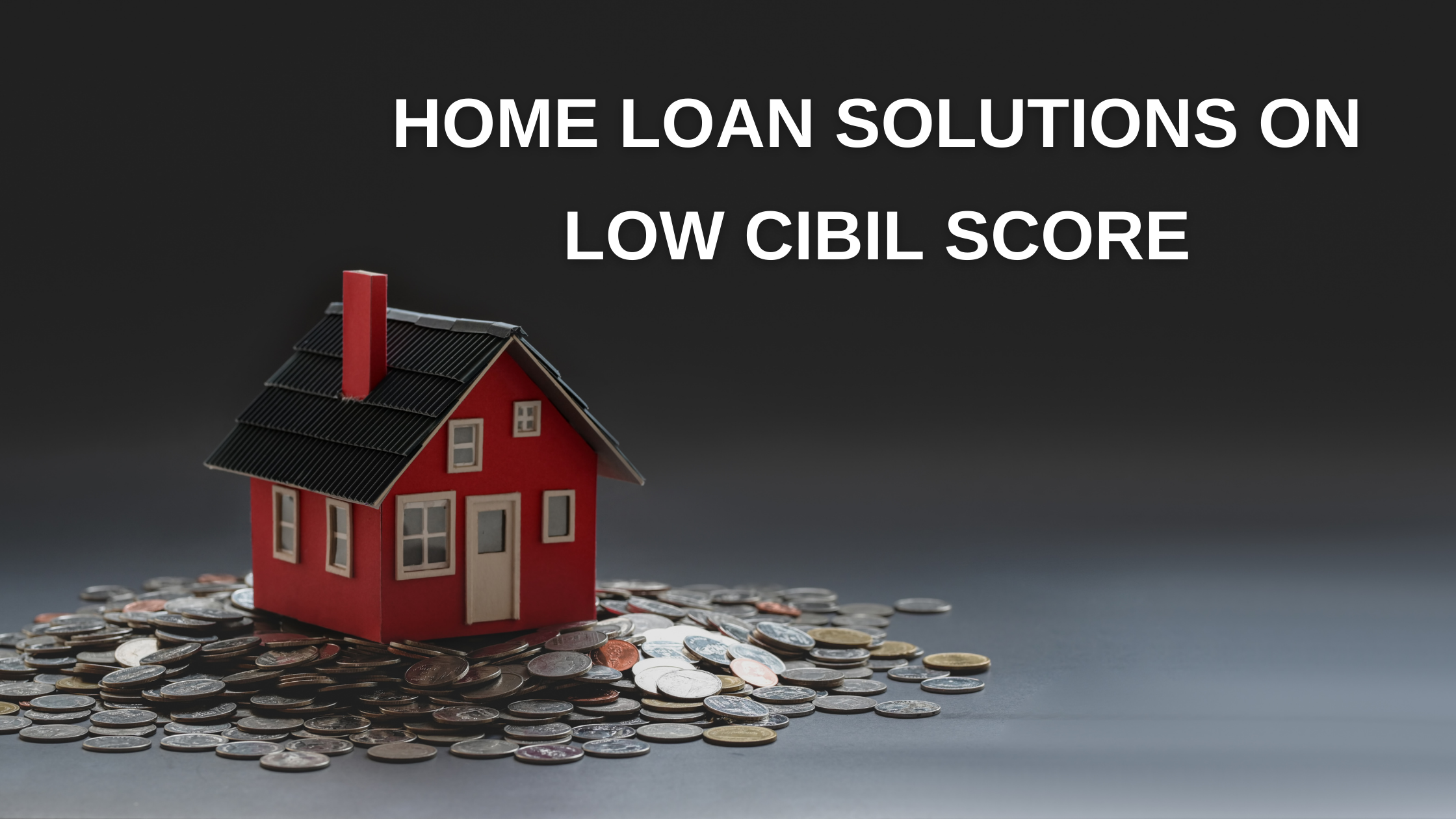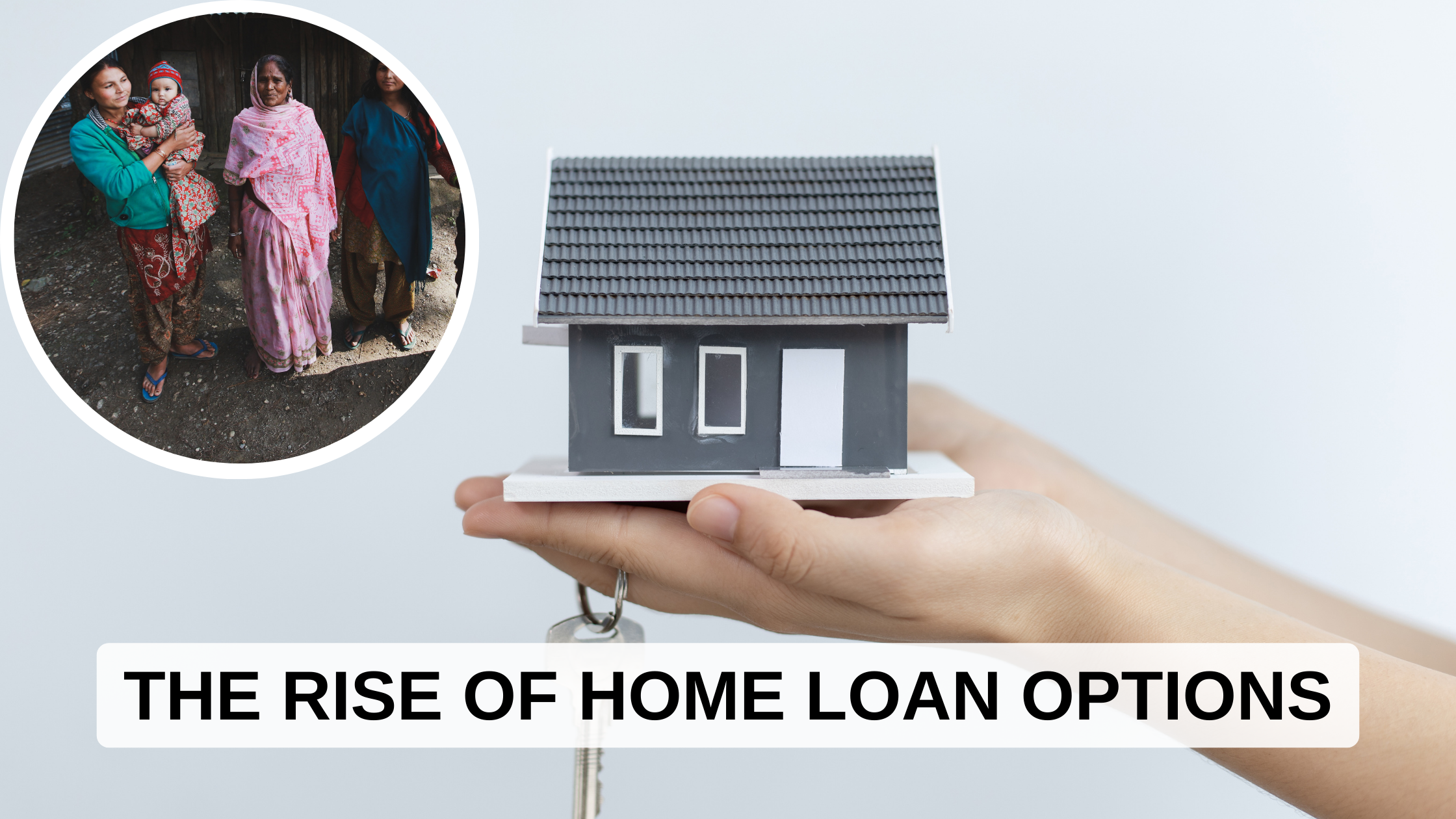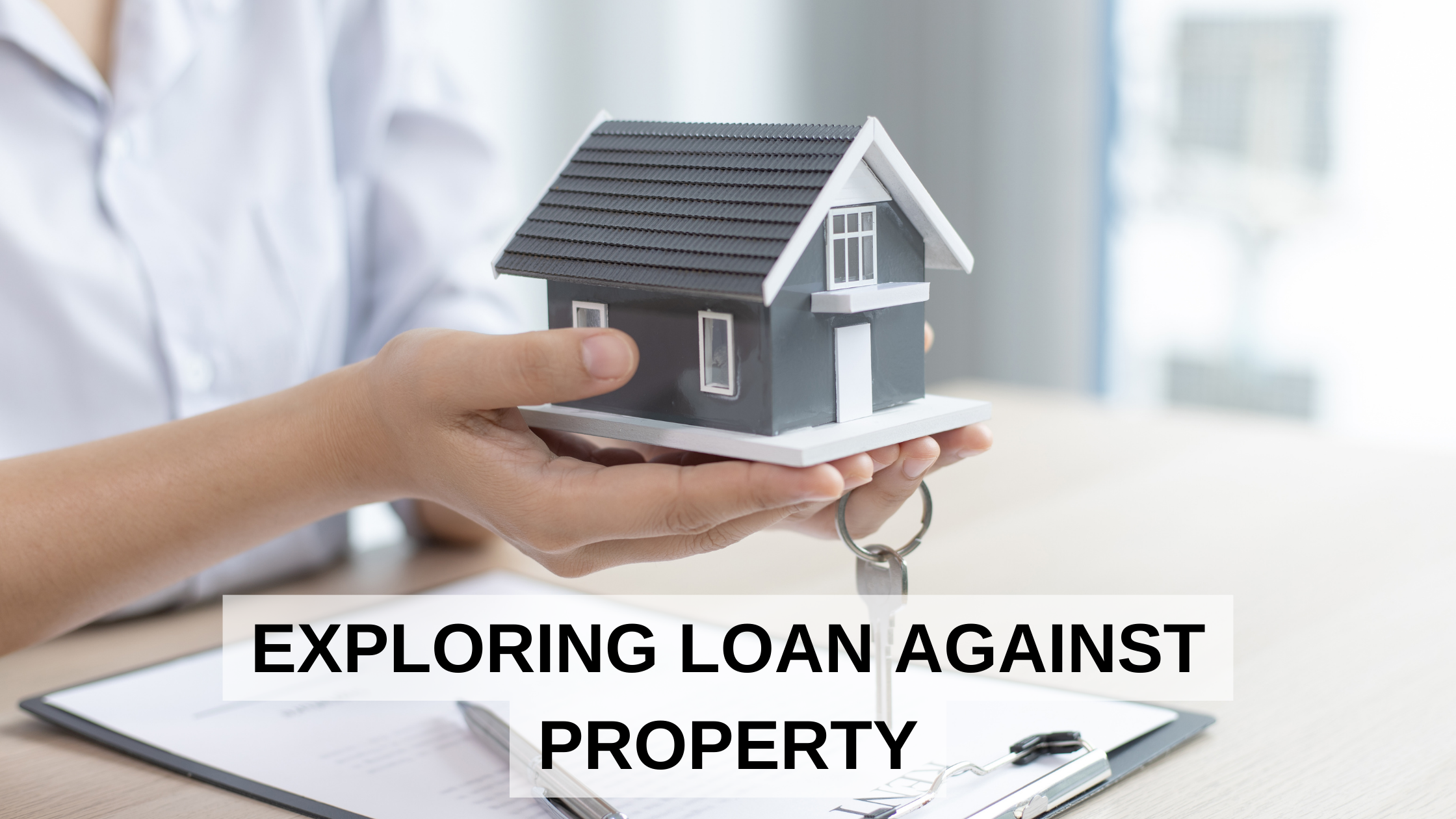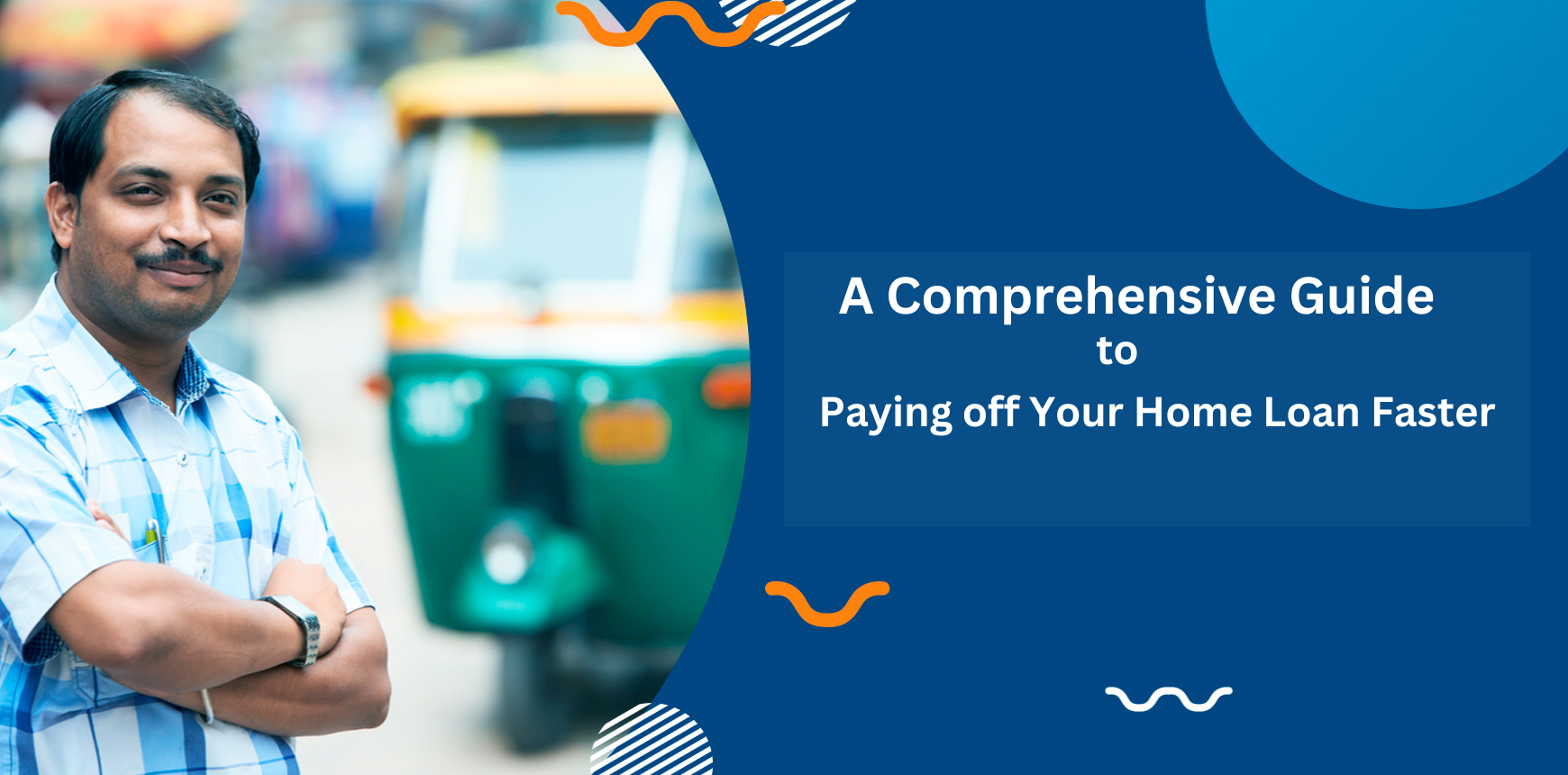The EMI consists of the principal amount and the interest on the principal amount. It is calculated by taking into account the loan amount, the time frame for repaying the loan, and the interest rate on the borrowed sum.
When it comes to purchasing a home, one of the most important things to consider is the amount of money being borrowed. Another key factor to consider while selecting a loan is the term of the loan. The third most significant aspect is the interest rate. These three important aspects decide the Equated Monthly Instalment also called the EMI.
Every month, part of the EMI is adjusted towards the interest payable and the balance is adjusted towards repayment of the principal.
An EMI is the amount of money you pay in monthly payments to repay your outstanding loan. Repayments are simpler with EMI since you may make your installments on a monthly basis.
Before taking out a home loan, be sure to assess how much the monthly payment will be. After all, borrowing money is a significant financial commitment.
The EMI, on the other hand, is usually constant for the whole duration of your debt and must be repaid monthly over the term of your loan. During the first years of your loan’s term, you pay more in interest. When you repay the debt, a greater proportion of your payment is applied to the principal component. The EMIs are determined using a reduction balance technique that works in your favor as a borrower.
What is a pre-EMI?
When you make pre-EMI payments, you’re only paying the interest. You are not paying back anything towards the principal amount if you have Pre-EMI. You can pay Pre-EMIs when your house or apartment is being constructed.
How is it Different from EMI?
When a borrower takes out a home loan and decides to pay the interest over time rather than upfront, he or she must continue to pay interest until the house is finished. You must pay EMI after the job is finished. When this stage is completed, EMI begins to follow. Pre-EMI mode reduces outflows of cash compared to standard EMI. This option may also be selected when the borrower does not have enough income to pay the monthly payments.
What is pre-closure for a loan?
The early repayment of a home loan by a borrower is referred to as a home loan pre-closure. An alternative solution to paying in full upfront is to take part or even complete payments. When a borrower has the funds, it is possible to try to make the complete payment ahead of schedule or earlier than specified in the loan agreement.
The term “pre-payment of a home loan” refers to paying your entire or half outstanding balance ahead of schedule. The majority of home loans are for a duration of 15 to 20 years, which is considered one of the best investments. In the event that you want to close this before the scheduled date, you must send a letter to your bank or financial institution, or organization. However, if you pre-pay for your home loan, you will save a significant amount of money that had been intended to be paid in interest.
Advantages
Prepaid or pre-closure of your home loan lowers your interest costs.
The outstanding principal amount is reduced.
Financial stability is provided.
makes you feel relaxed when you get out from under the burden of debt.
At Shubham, we do not charge any pre-payment penalty.
Another thing to consider is that, before closing a home loan, you will need a substantial sum of money. So, first, examine your finances and calculate the total amount before making a decision. Choose only if you believe it will make a beneficial difference to your budget.
What is eNACH or e-mandate?
The Electronic NACH (eNACH) is a system that allows you to submit your payments online. The phrase “electronic NACH” refers to the use of NPCI’s National Automated Clearing House (NACH). E-NACH and e-Mandate are two new services that allow businesses and their customers to manage all recurring expenditures, such as phone bills, insurance premiums, utility bills, SIPs, school fees, and other recurring payments. Following are some terms that you need to know when talking about eNACH.
NPCI – National Payments Corporation of India is the regulatory body constituted by the Government of India to oversee all Retails payments in India. It was set up with the guidance and support of the Reserve Bank of India (RBI) and the Indian Banks’ Association (IBA).
Sponsor Bank – These are banks’ empaneled with the NPCI for the purpose of facilitating eMandate process. Ingenico is the appointed sponsor bank for Shubham Housing Development Finance Company Limited.
Destination Bank – Bank where the customer holds the account from which he/she wants the automatic debit to be made.
Corporate – Shubham for which you have requested the eMandate so that they can auto-debit customer bank account.
Customer – You are termed as the customer since you are going to apply for the e-NACH through the Corporate.
Benefits
Creation of an authenticated mandate by the customer himself through electronic channels
Shorter mandate acceptance cycle and auto acceptance of mandates
Secured and assured mandate acceptance – mandates are initiated by the customer to his banker
How to handle a bounced EMI?
If the mandate is rejected by the sponsor bank then the destination bank should remove the mandate registration from Core Banking System. The destination/customer bank should send an SMS to the customer when the mandate is returned by the sponsor bank along with the reason for rejection.
You must pay EMI bounce costs if your cheque is returned for non-payment of your account balance is insufficient. The overall penalty includes late payment penalties, bank fees, past-due interest, collection costs, and so on.
If you have a bounced EMI, the most important thing is to take action immediately. You can call your bank or go online and check if there were any funds in the account, but it’s likely that they’ll be zero.
You must pay EMI after the job is finished. When this stage is completed, EMI begins to follow. Pre-EMI mode reduces outflows of cash compared to standard EMI. This option may also be selected when the borrower does not have enough income to pay the monthly payments.
Conclusion
By now you should have a better idea of what you need to know about your home loan EMI and how the pre-closure process works. NACH is just one way that we can facilitate online payments for our customers, there are several other ways that we’ll be covering in upcoming blogs.
We hope that we were able to provide you with some valuable insights into your home loan EMI and the process of refinancing. If you have any more questions, feel free to connect with us at Shubham Housing Finance or call Shubham Housing Development Finance Company Limited on our Toll-Free number 1800-258-222-5 or message us on Whatsapp to get started today.





.jpg)
